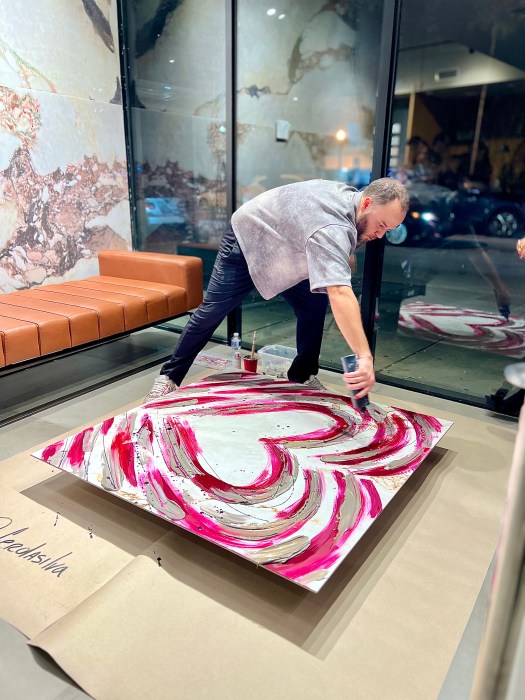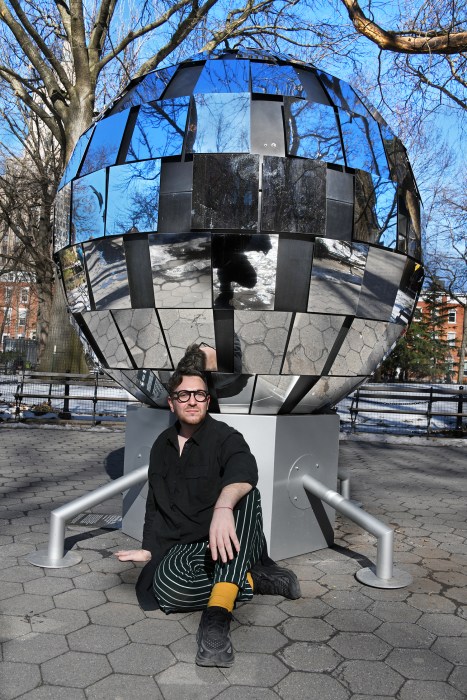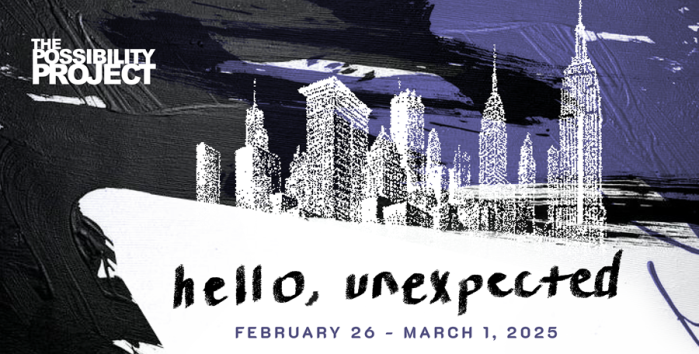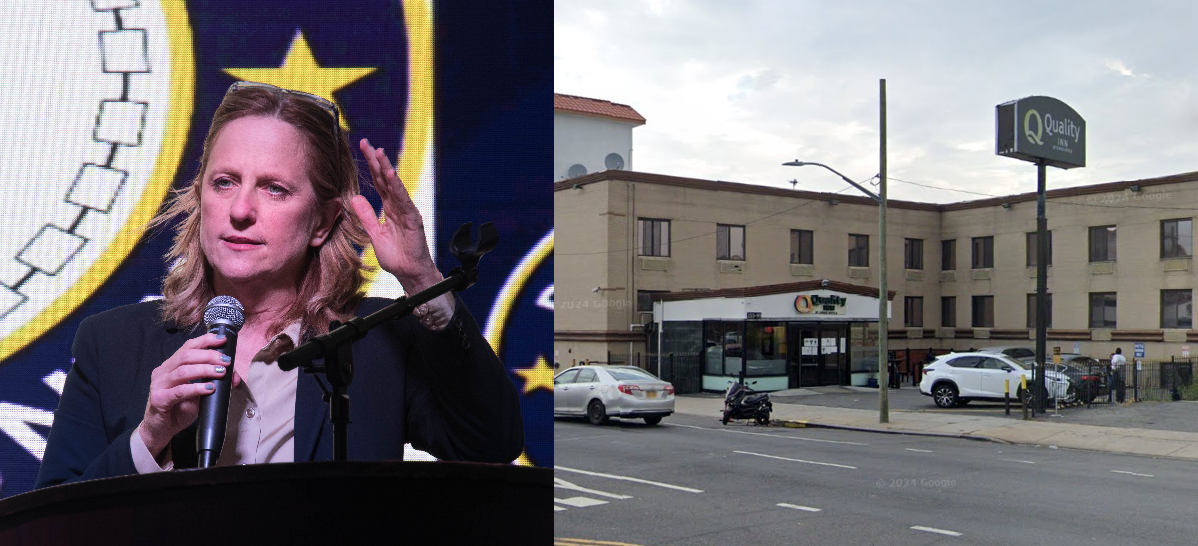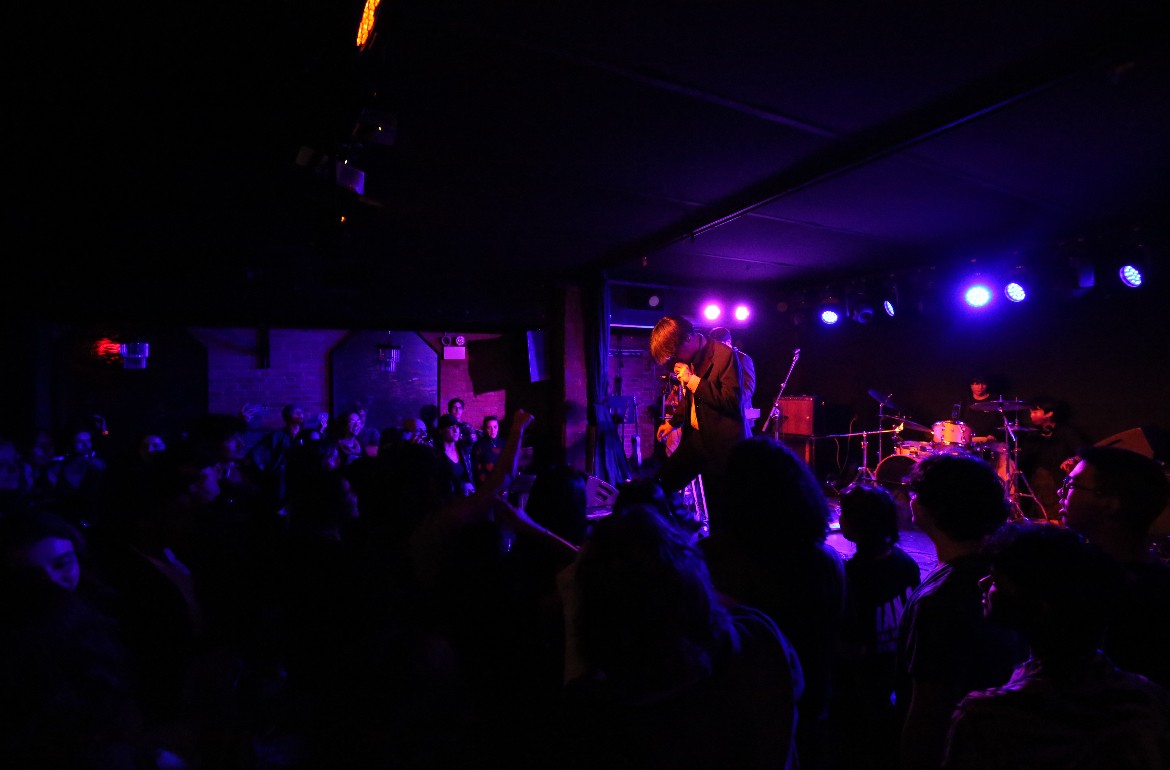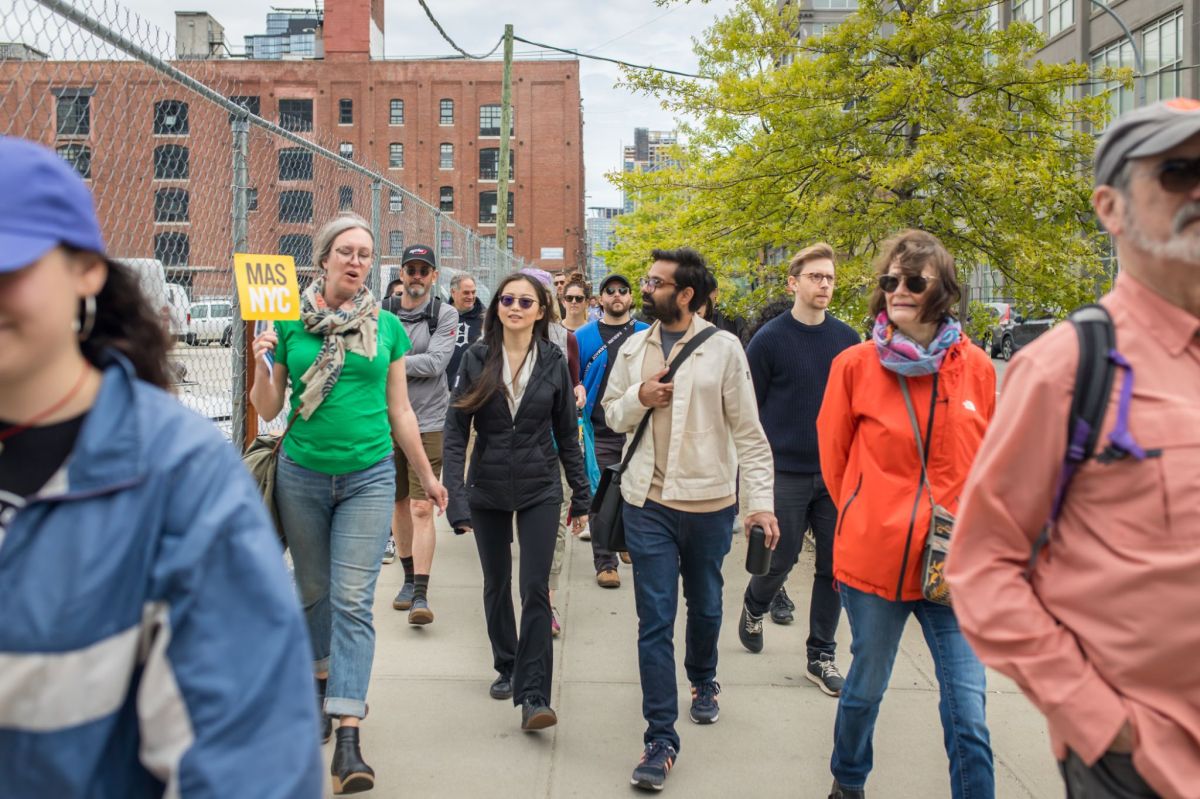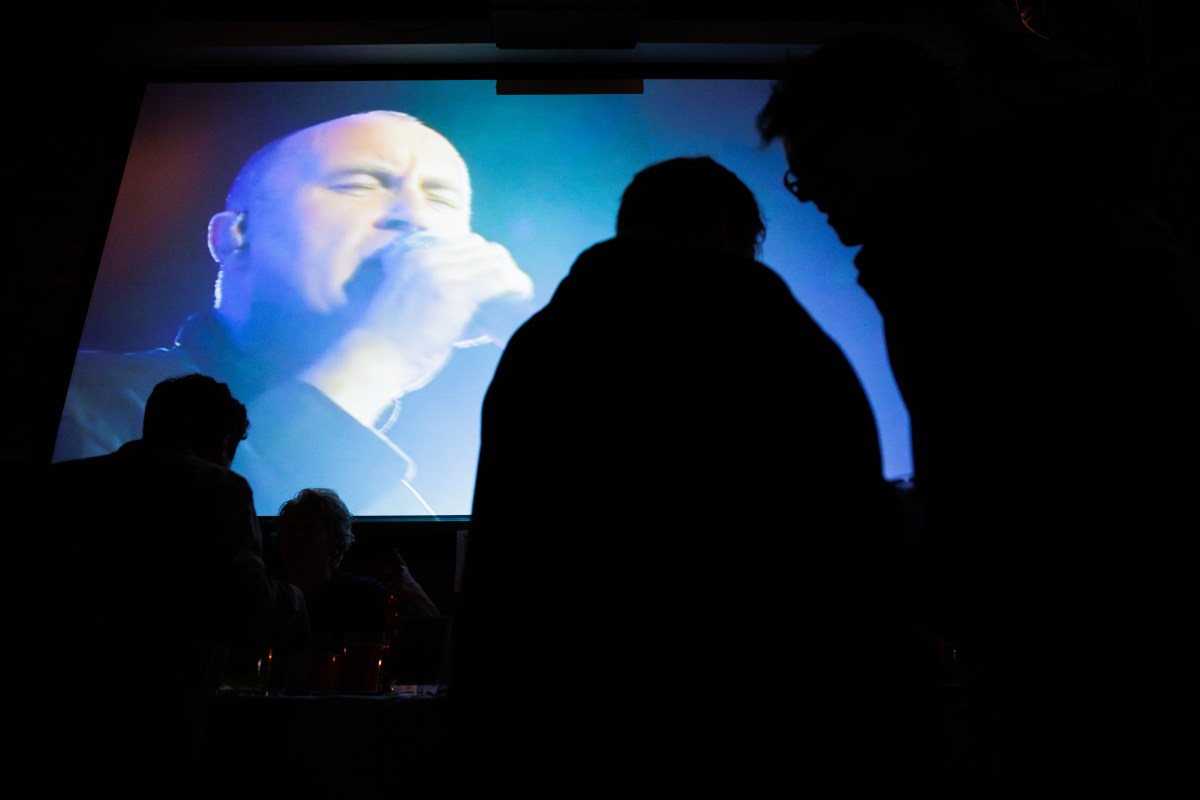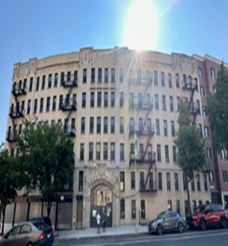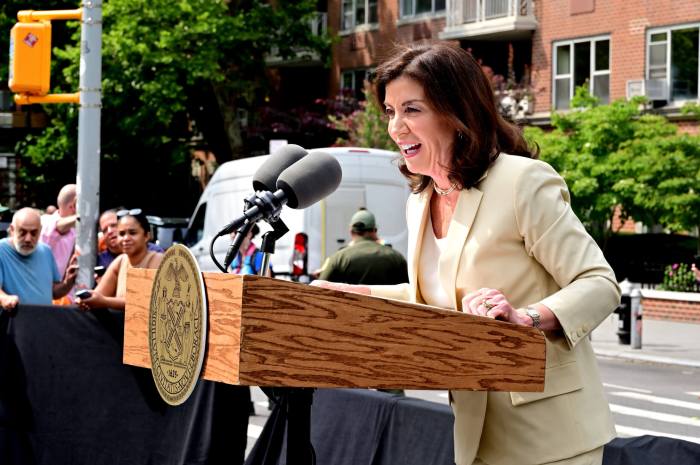Earlier this month, Juilliard opened its gilded door for its annual “Celebration” Benefit Performance and Party at Lincoln Center—an affair that pulsed with the kinetic energy of art in its purest form: live, immediate, and utterly transcendent.
This was not just another gala, nor was it simply a well-heeled gathering of patrons sipping champagne in the hushed reverence of high culture. This was a full-throttle, high-voltage performance spectacle, a collision of sound, movement, and theatrical virtuosity, all in the name of the next generation of performers.
With 100% of the evening’s proceeds dedicated to Juilliard’s scholarship fund, this was a celebration with purpose, an investment in the artists of tomorrow—and what a way to make an investment.
The performance: A symphony of genius in motion
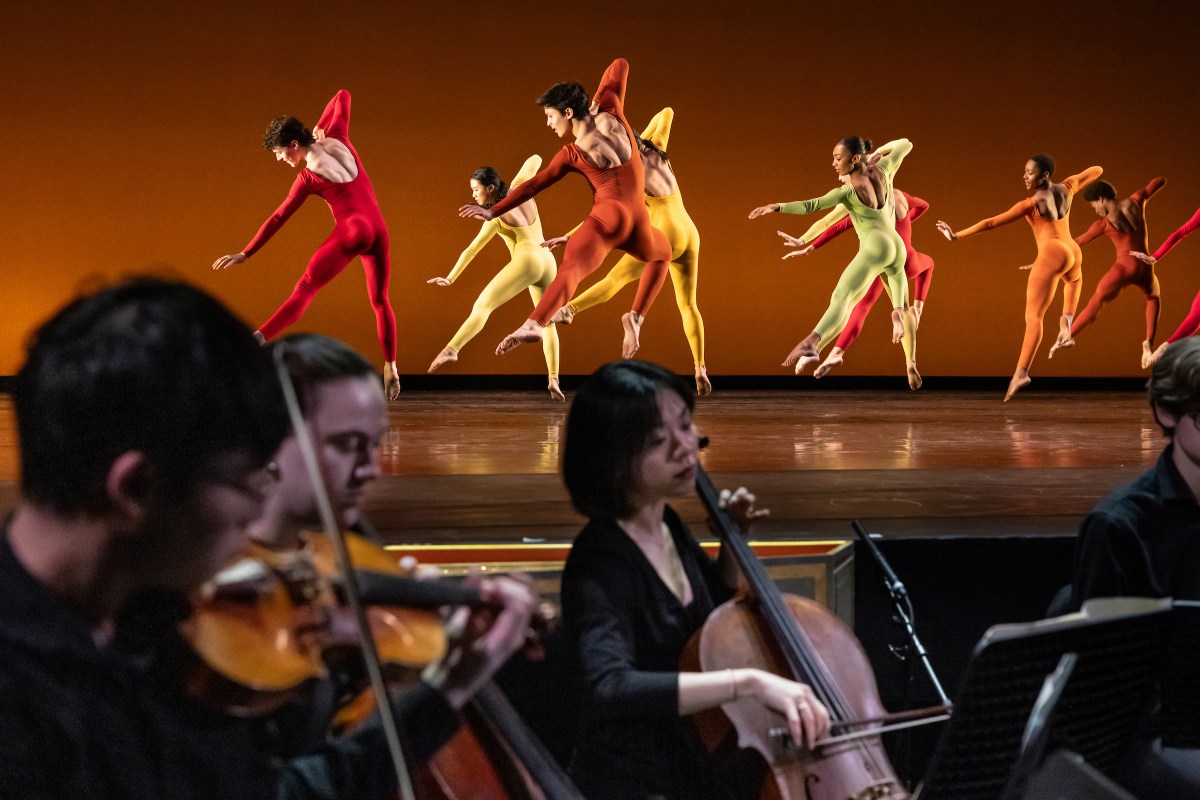
The night opened with an ambush of brilliance—before guests even settled into their seats, they were greeted by the Fiddle Club in the Peter Jay Sharp Theater’s grand lobby. Their strings cut through the winter chill, igniting the space with the kind of unfiltered, unbridled musicality that Juilliard so effortlessly cultivates. Inside the house, student performers staged pre-show activations, transforming the air into something charged.
From there, the stage belonged to Pam Tanowitz, Juilliard’s Arnhold Creative Associate and the evening’s director, who orchestrated an all-star performance with the kind of precision that would make Balanchine nod in approval.
The program was a dizzying, hypnotic showcase of artistry—a sweeping survey of classical music, jazz, drama, and dance woven together in a way that felt both reverential and radically new. It was Juilliard in its truest form: a bastion of legacy but never a museum—always evolving, always boundary-breaking.
From the soul-stirring theatrical moments of Thornton Wilder’s “Our Town” to the impossible elegance of José Limón’s “A Choreographic Offering,” the evening refused to settle into any singular genre.
There was the controlled chaos of Trisha Brown’s “Spanish Dance,” the staggering synchronization of Rachmaninoff’s “Waltz for Six Hands” (a pianistic feat executed flawlessly by three artists from Juilliard’s pre-college, college, and graduate programs) and a sonic journey through the works of John Adams, Meredith Monk, Philip Glass, and Jessie Montgomery.
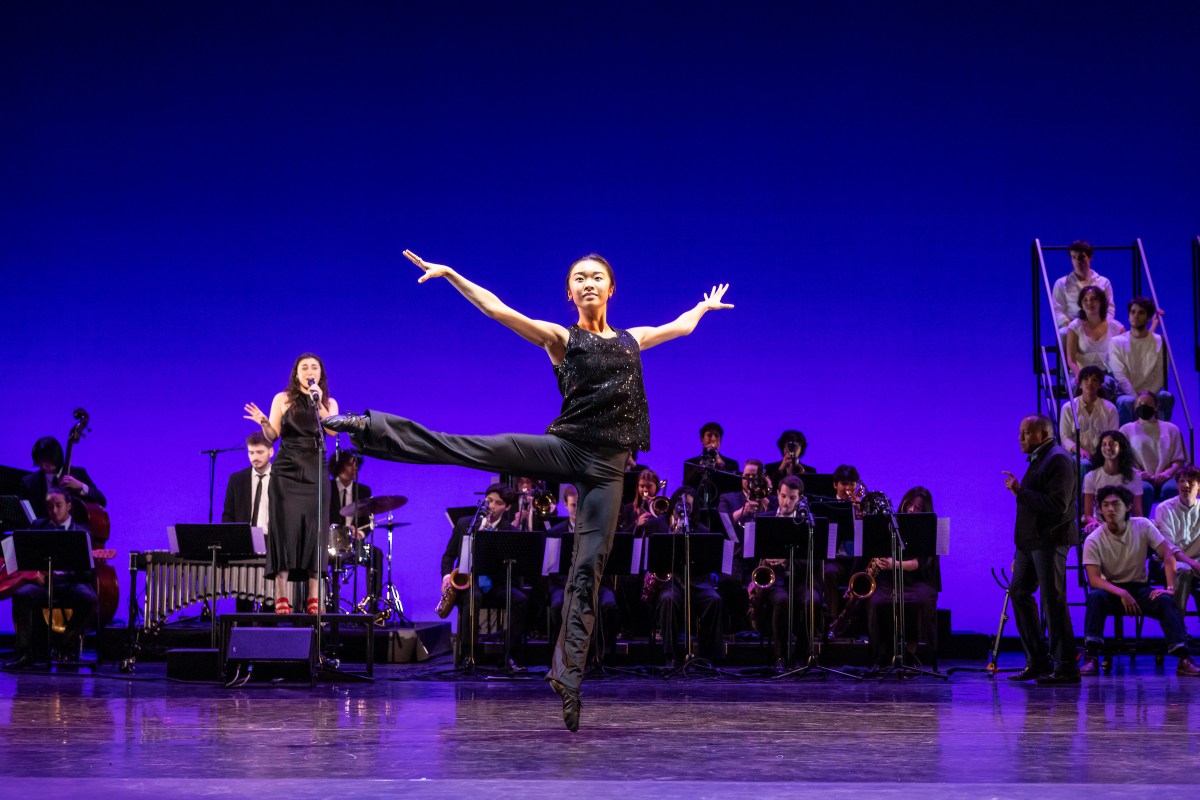
The night crescendoed with a commanding performance from the Juilliard Jazz Orchestra, delivering a velvet-smooth, razor-sharp rendition of “The Best is Yet to Come,” choreographed by the ever-magnetic Robbie Fairchild and Caili Quan. It was a moment of pure, heady euphoria—the kind of performance that lingers and is tattooed onto memory long after the final note.
The party: Jazz, champagne and the glow of greatness
Once the curtain fell, the night was far from over.
Alice Tully Hall became the setting for the celebratory afterglow, where the city’s most discerning patrons, creatives, and performers gathered under a canopy of dim-lit opulence. The Juilliard Jazz alumni group took the stage, their music seeping into every corner of the room, inviting guests to dance—a reminder that Juilliard is not just about discipline and rigor, but about joy, expression, and uninhibited movement.
The evening’s culinary experience was curated by Chef Kwame Onwuachi, the mastermind behind Lincoln Center’s award-winning Tatiana. Every bite, every sip felt as considered as the performances themselves—an artistic composition in its own right.
A gathering of the arts’ greatest champions
Among the evening’s guests were luminaries who have long championed the performing arts—Damian Woetzel, Nicholas Britell, Jessica Chastain, Jamie Bernstein, and Laura Linney, to name only a few. They moved through the night with the kind of effortless grace that only comes from truly understanding the weight of what was being celebrated: the preservation and advancement of artistic excellence.
The Celebration Benefit Committee, a group of stalwarts committed to ensuring Juilliard’s continued impact, included names synonymous with artistic patronage—Renée Fleming, Jon Batiste, Jerold and Stephanie Kayden, Anne Akiko Meyers, and Jeffrey Seller. Their support underscores what has always been true: Juilliard is not just an institution. It is a force, a movement, a promise that the arts will never be silenced.
The legacy of ‘Celebration’
It is one thing to witness brilliance. It is another to be responsible for ensuring it continues. Earlier this month, Juilliard’s Celebration was more than a benefit; it was a reminder that the arts are not ornamental, but essential.
In a cultural landscape that too often sees funding for the arts relegated to the periphery, this event stood as a defiant declaration: art will thrive, artists will be nurtured, and Juilliard will remain the proving ground for the world’s greatest performers




